Fishing Forecast June/July New Moon Period 2022
By Dave Anderson
Before we begin I want to offer some insights regarding how and why I break the
season down into these moon periods. I look at each period as 15 days which is,
roughly, half of a month—it’s the seven days before, the day of the new or full moon and
the seven days following. The moons have great influence on the ocean and the fish.
The moons drive the tide timings and the strength of the current, they also drive the
measurable height of the tide. For nighttime fishing the moon phases dictate how dark
the night will be if there is no cloud cover. My own observations over 20-plus years
fishing for striped bass from the surf, tell me that there is no denying the fact that these
periods of stronger currents are usually the times when bodies of fish make a move, into
or out of a bay, from one region to another or even just a few miles down the beach.
These 15-day cycles are a manageable chunk of time that I feel we can offer enough
insights to help you find the fish you’re looking for.
Striped Bass (Open all year, 1 fish between 28 and 35 inches per angler, per day)

It’s been an unseasonably cool spring and now that we’ve officially crossed over into
summer, we’re reaping the benefits. Water temps are at least five degrees cooler than
what we typically expect at this time of the year and the bass are responding. We are
also firmly in the middle of the second migration, when the different bodies of big fish
that were set up for the spring in various places along our coast make their second
move. What this has translated to in Rhode Island waters is a robust fishery for medium
and large fish—let’s call that 20 to 50 pounds. The action has moved out of the Bay
completely now and has settled ‘out front’ particularly on the ledges in 15 to 50 feet of
water. Boaters and yakkers have been hooking up using a variety of methods, but the
tube and worm and flutter spoons have been local frontrunners on the shallower
pieces, while three-waying eels and bucktails has been working best on the deeper
edges. The fleet on Southwest Ledge at Block has been slightly smaller than usual,
probably a product of higher gas prices, but those heading out there are catching
dinosaur stripers on eels and plastics. On the rougher days or right after first light, there
have been some nice fish taken casting large topwaters like the Doc and Splash Walk
into the whitewater surrounding offshore reefs. There are still some bass being caught
way up in Providence, you can catch those chunking at night or fishing live bunker
during the early mornings.
Surfcasters have pretty much switched over to full-time night ops at this point, except for
maybe some first light topwater action on the snottiest days. Reports have ranged from
good to great, but most of the better action has been along the rocks shores of the
mainland of Rhode Island, the Aquidneck Island surf has produced some fish, but not
with consistency we’re seeing from anglers to our west. Surfcasters have scored fish
into the low 40s from Rhody waters and the Super Strike Darter has been responsible
for more than a few of those cows, we’re also hearing good reports from guys chucking
loaded Red Fins, Yo-Zuri Hydro Minnows and SP Minnows. Needlefish from Gibbs
and Super Strike are scoring well in the shallow boulders for the wetsuiters as well.
The combination of these dark nights and cooler water temps should translate to a hot
start for summer stripers.
Predictions: I see no reason why these next two weeks won’t continue to produce
good catches for striper anglers casting from the boat or surf. Block Island should really
only get better, and with so many large fish moving in our direction from Long Island
Sound and Montauk, it’s hard to think of a scenario where things go downhill between
now and our next report.
Bluefish (Open all year, 3 fish per angler, per day, no minimum size)

We’ve seen a decent number of big blues over the past couple weeks, they’ve been
charging around Narragansett Bay and Mt. Hope Bay, harassing the bunker schools.
Most of the fish being caught have been in the 10- to 14-pound class with a few bruisers
pushing past 18. Out front, blues have been a little more widespread and of mixed
sizes, but they are around and feeding heavily when they can be found. We recommend
keeping things one the inexpensive side for blues with things like Cotton Cordell
Pencil Poppers, Hopkins Lures, Point Jude Sea Scallops and the 5.5-inch Charter
Grade Popper from Hogy. And if you’re really smart, you’ll swap out any treble hooks
for single Siwash or Zo-Wire Inlines. The shop is also well stocked with Steel Leaders
and affordable pliers like the Admiral and Duffy Tournament models from Danco or
you can splurge and get yourself set up with Danco Premios or Van Staal Pliers.
There’s no telling how long this will last, so if blues are your thing, your time is now.
Predicitons: Those big fish in the Bay will move out eventually and they’ll likely
disappear after that. But a good place to find medium and large blues at this time is
North Rip at Block Island, look for that bite to fire up very soon. The inshore fishery will
stay like it has for the last several summers, consistently inconsistent.
Fluke (Open May 3 to December 31, 4 fish per angler, per day at a minimum size of 18
inches)

Let’s begin with a reminder that the fluke regulations have changed, the limit has been
reduced to four fish and the minimum length has been reduced to 18 inches. The fluke
bite in Rhody is the only local fishery that seems to be lagging way behind this year.
The bite off of Misquamicut and even behind Fishers Island has been way off so far this
year. Closer to the shop very few anglers seem to be putting in a heavy effort, those
that are have been catching way more shorts than keepers and they’re working hard for
the bites they get. Some good places to try are the sandy patches south of Sachuest,
the flat spots off of Point Jude and, of course, the SoCo beaches, including the
Breachways. Your better bet is a fuel buster, but heading to the Windmills or the East
Grounds will definitely increase your odds of boating a limit. Bucktails tipped with Gulp
or natural baits are always going to be the number one lure for fluke, but the M3
Spoons have also been crushing the flatties for the past several seasons.
Predictions: Fluke fishing just hasn’t been the same for the last five or six years and,
as much as I hate to say it, I don’t think this year is going be the turnaround year. The
best advice would be to plan a few Block Island trips and split the fuel with a few
buddies or hop a charter out to Nantucket Shoals where you might boat the doormat of
your dreams.
Black Sea Bass (Current season: May 22 to August 31, 2 fish at 16 inches or greater)

The lowly black sea bass has quickly become a favorite target of inshore anglers across
southern New England. As soon as the methods for catching them on jigs began to gain
traction among recreational anglers, this fishery took off! And with the more recent rise
in the popularity of slow pitch fishing, sea bass have never been more popular. The bite
has been very good on structure ranging from 35 to 90 feet deep, we haven’t heard of
many really big fish but keepers are typically easy to come by with the largest
specimens usually pushing close to 4 pounds. If you want to get into slow pitch fishing,
check out these options we have at the shop check out the Tsunami Trophy Slow Pitch Rods in either spinning or casting, the
Shimano Talavera Slow J Casting Rods, or the Star Plasma II Slow Pitch
Conventional Rods. Great conventional reel options are the Daiwa Lexa HD
Casting Reels in the 300 size, Daiwa Saltist Star Drag Reels in the 15 size, and the
Shimano Ocea Jigger in the 1500 size. These fish are very
aggressive and you can catch them on the shallower spots with small bucktails tipped
with Gulp, small tins like Exo Jigs or Daiwa Zakana Jigs. If you’re fishing deeper, you’ll
have to concentrate on larger, more aerodynamic jigs like larger, more aerodynamic jigs like the
Shimano Butterfly Flat Fall Jigs, Johnny Jigs Ridged Slow Pitch Jigs, or the Hogy
Flutter Pitch Vertical Jigs.
Predictions: The summer sea bass bite is one of the most reliable fisheries we have in
the Ocean State. Use your technology to find structure in the depth range listed and
deploy your jigs or rigs. For these next two weeks you should have no trouble finding
and catching sea bass.




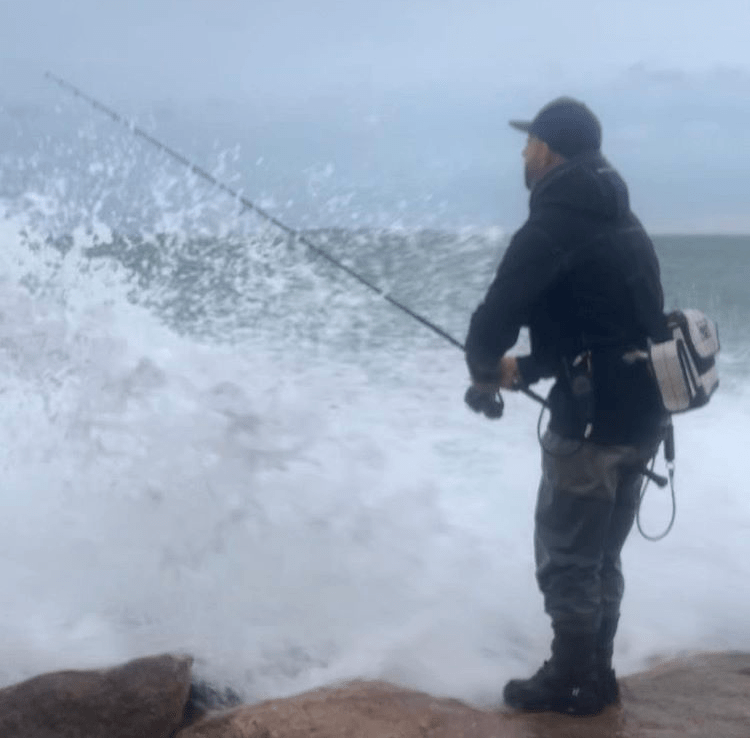

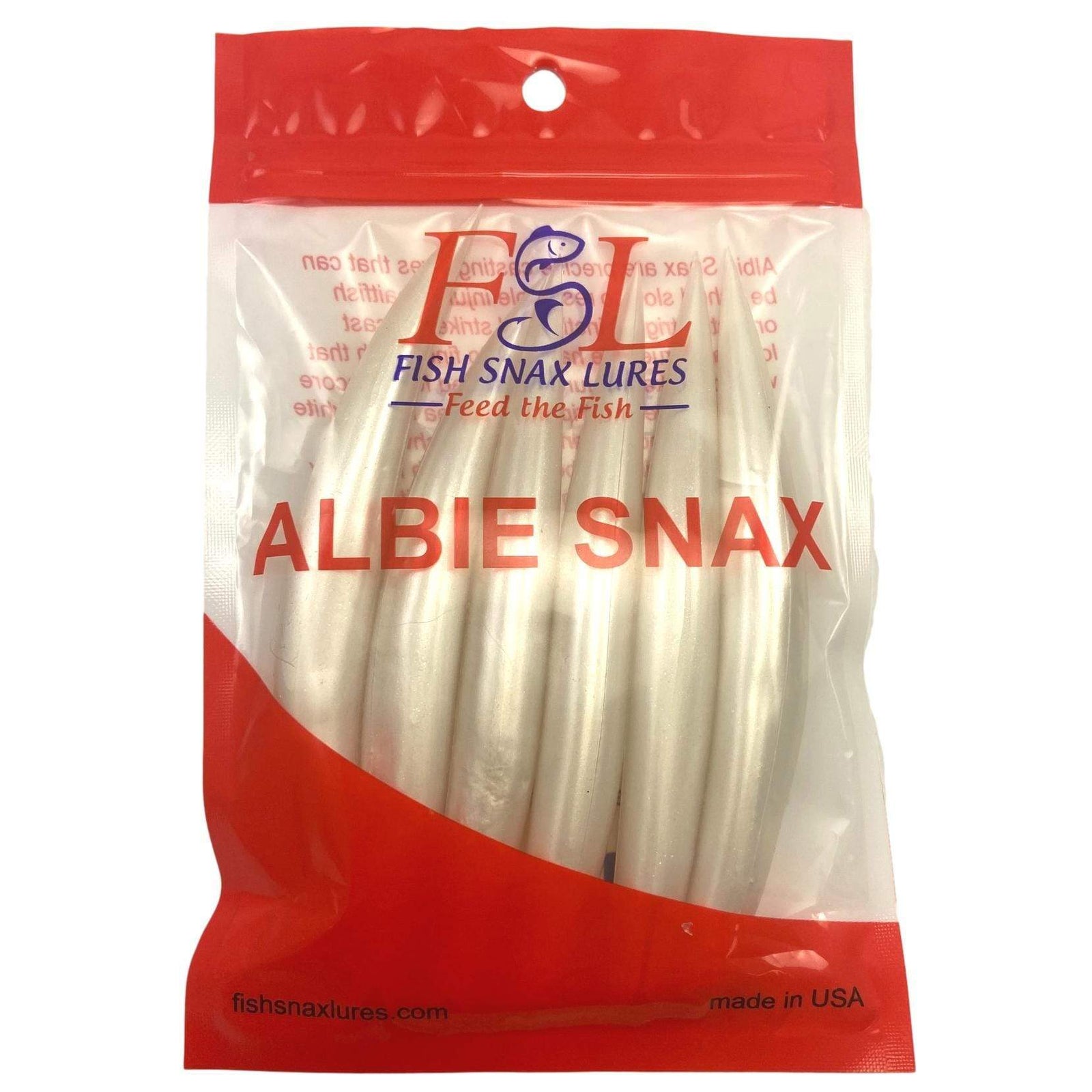

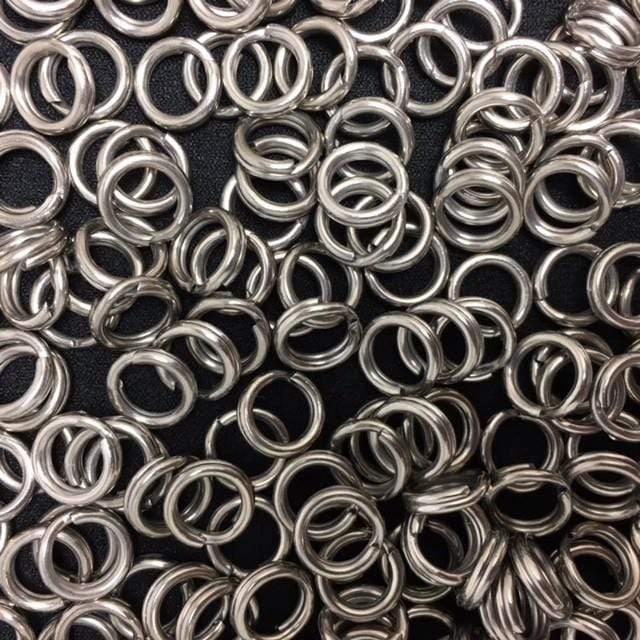
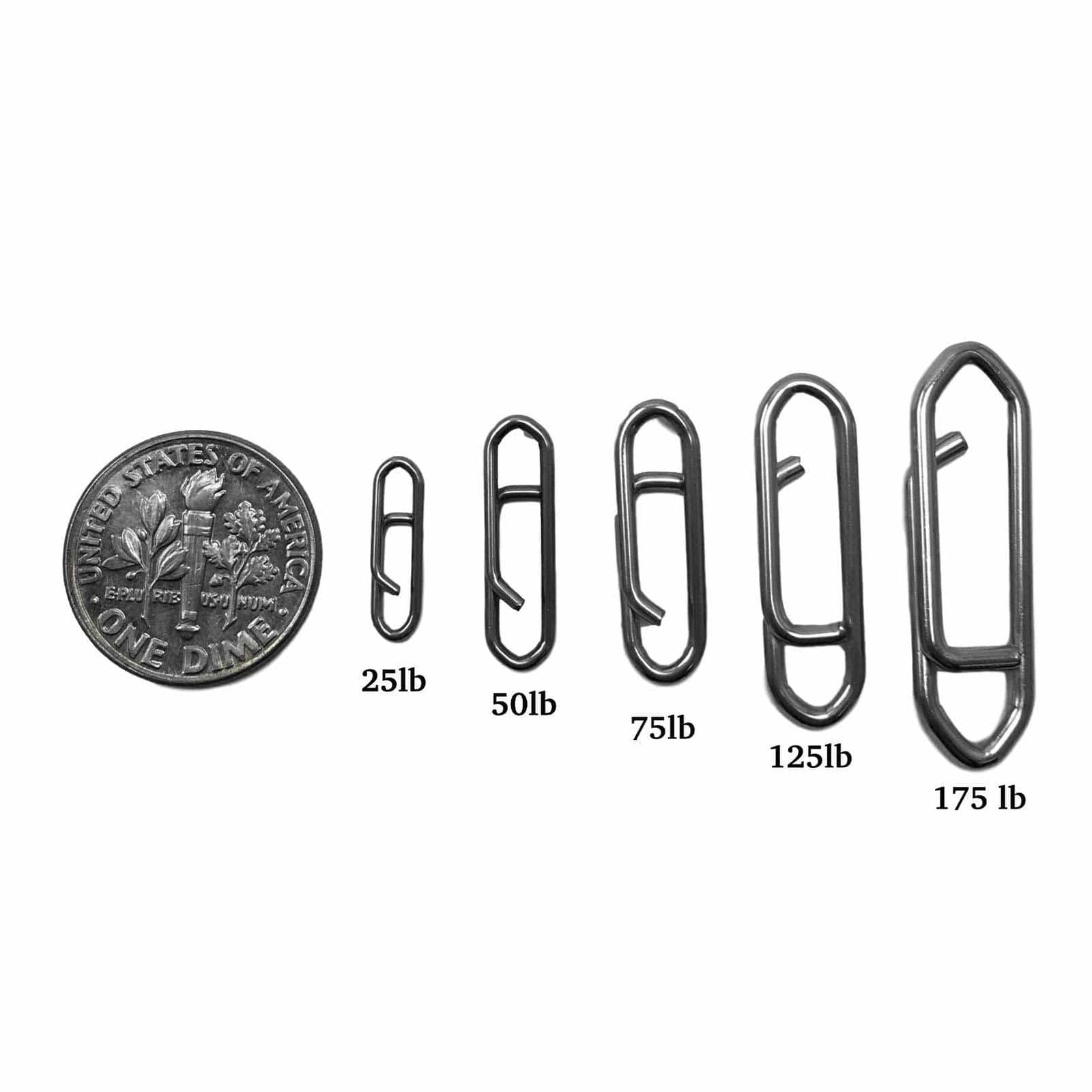

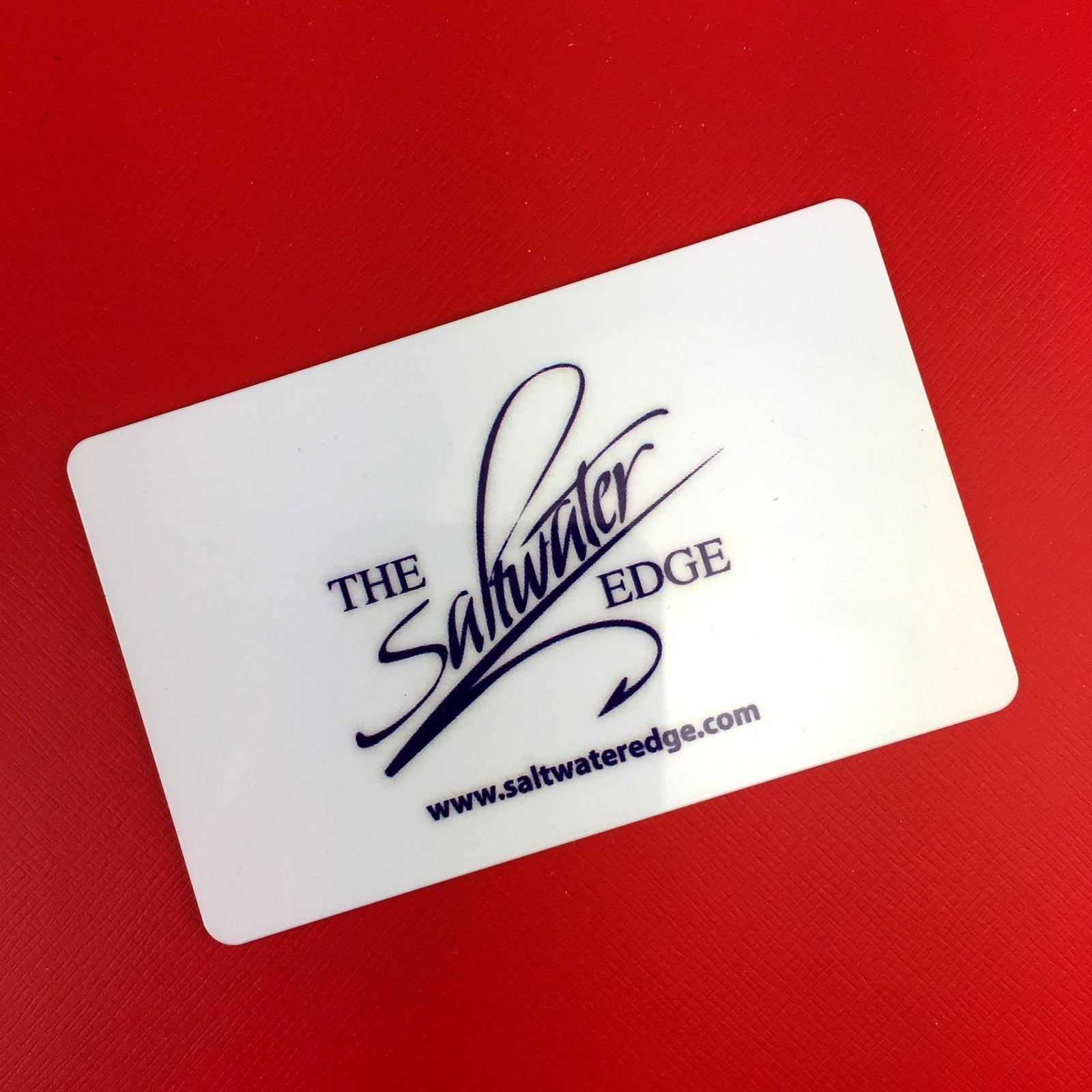
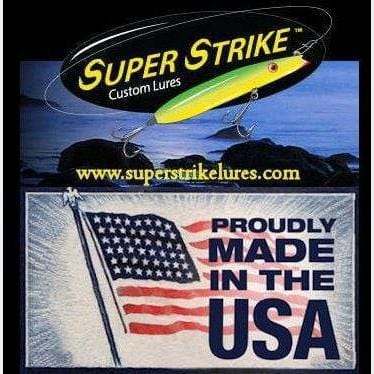

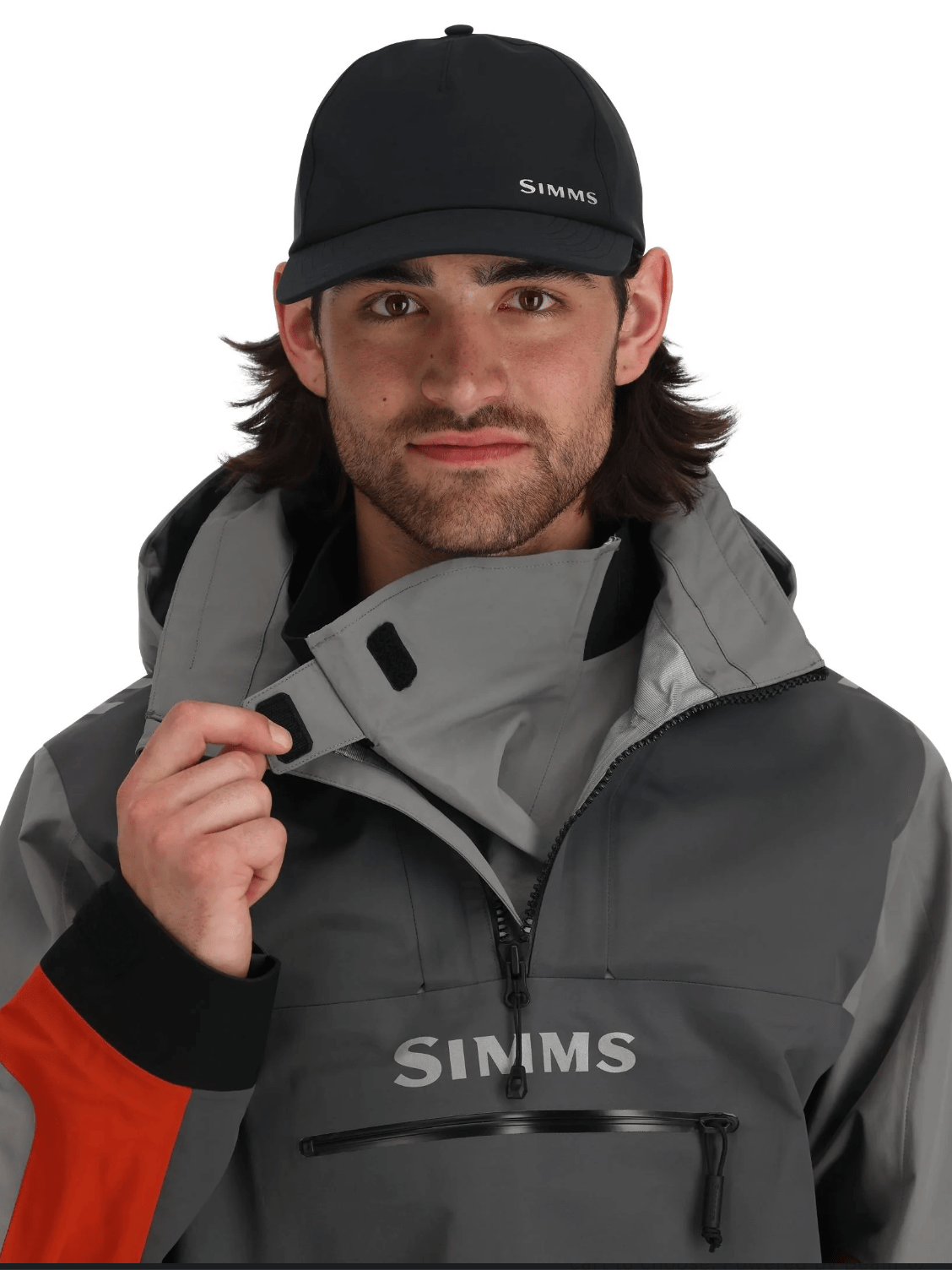

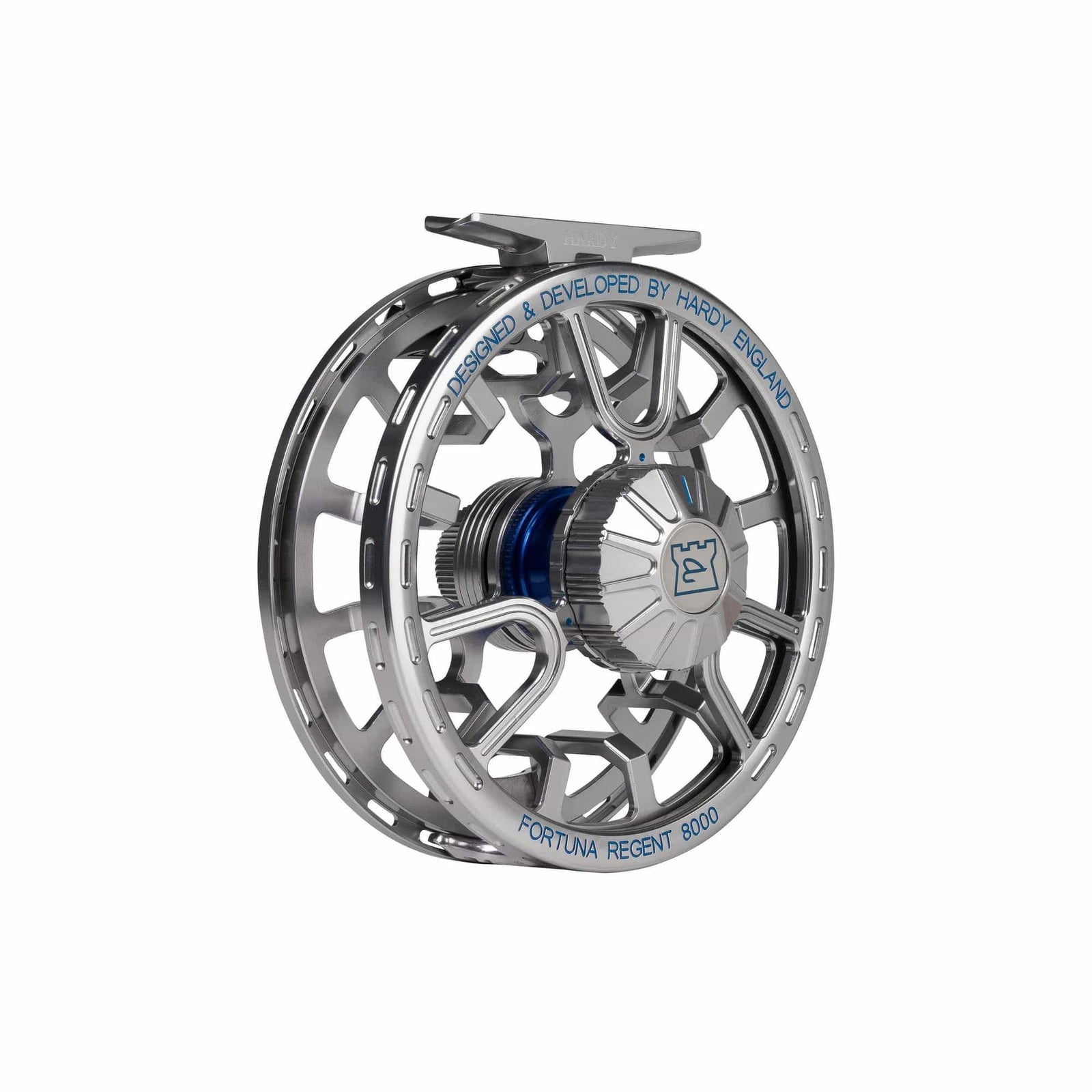
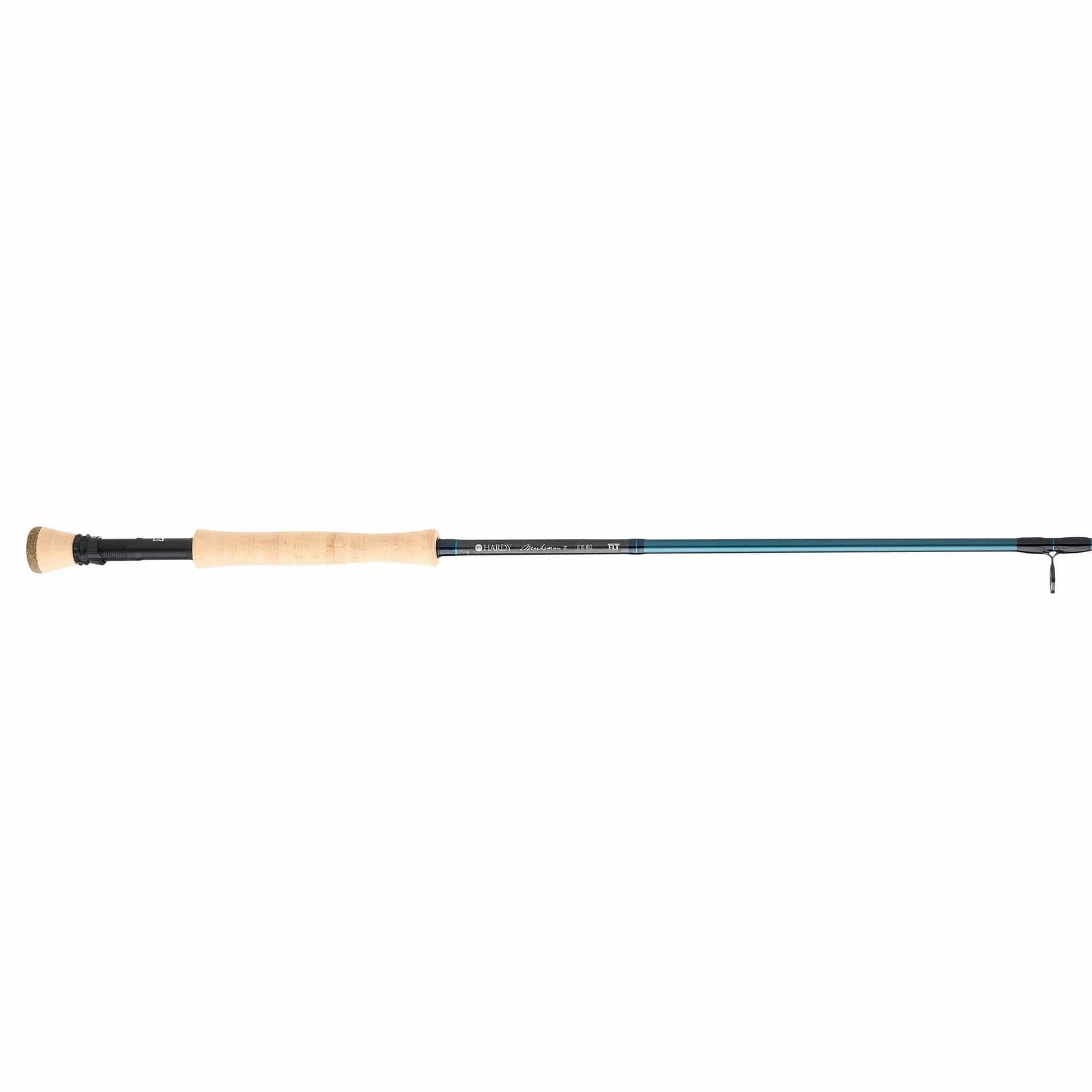
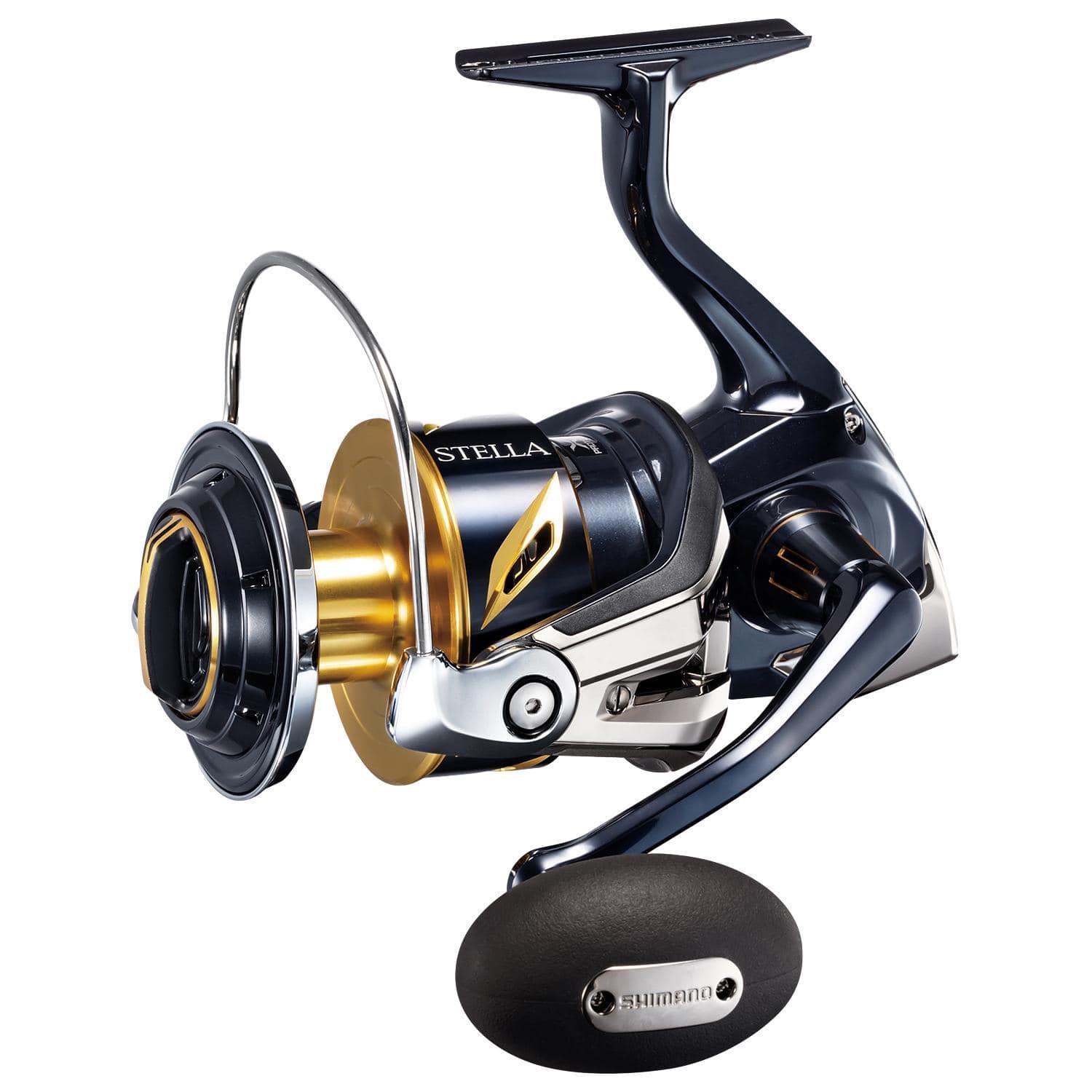
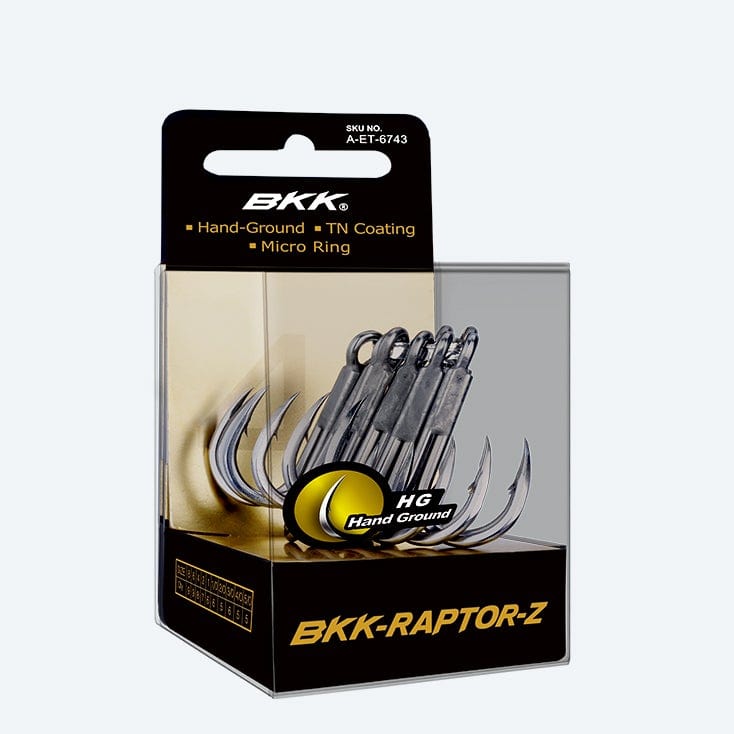
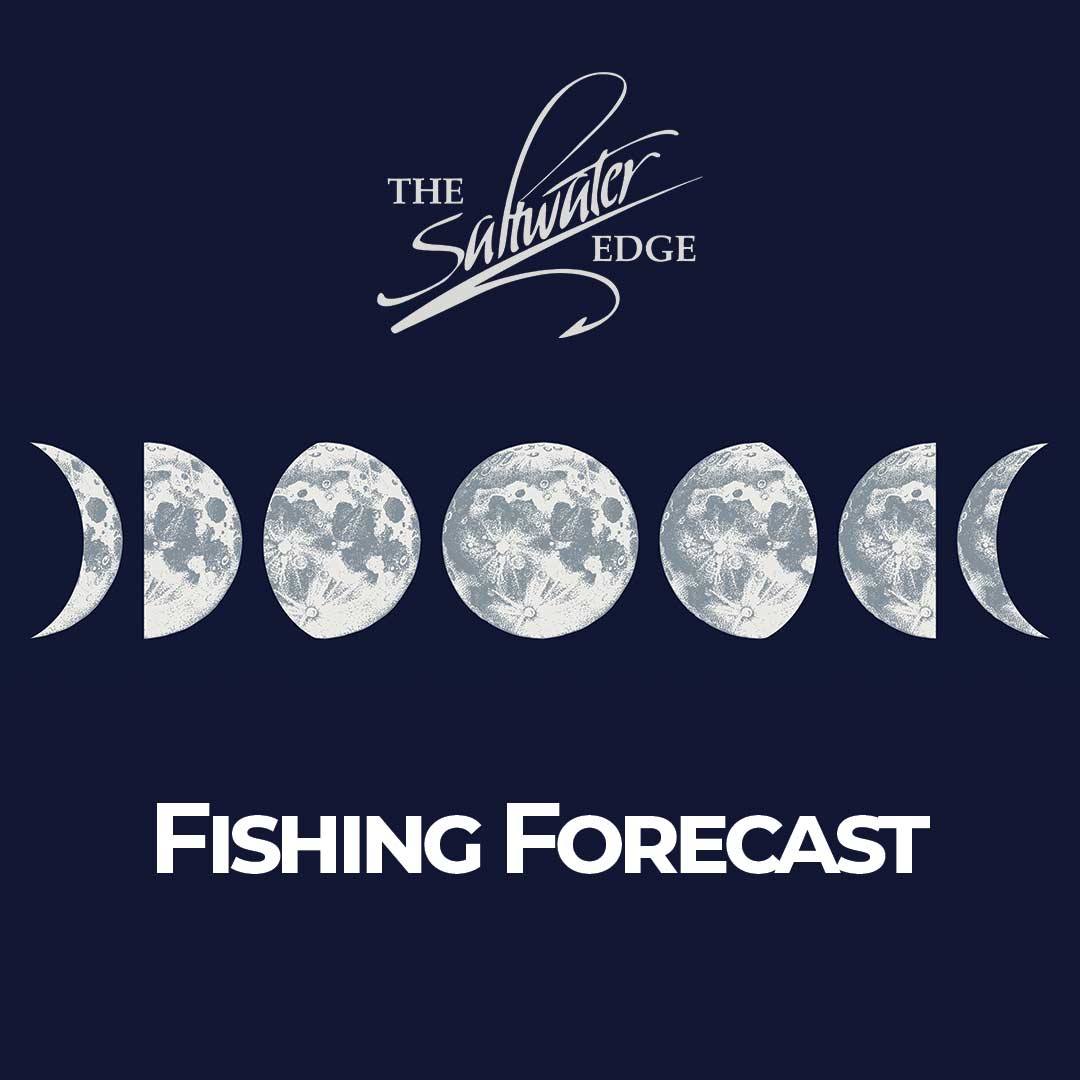
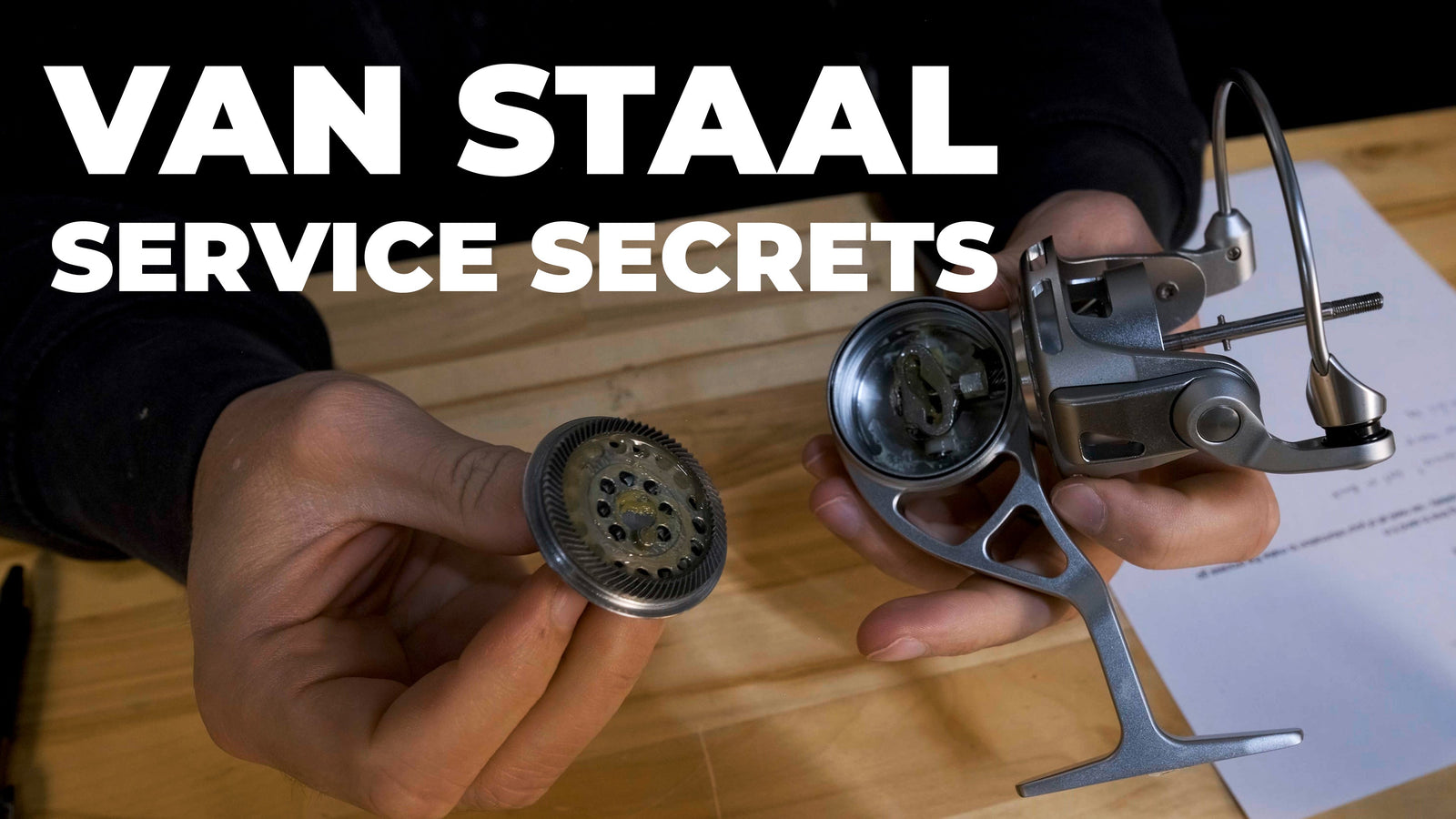


Leave a comment (all fields required)